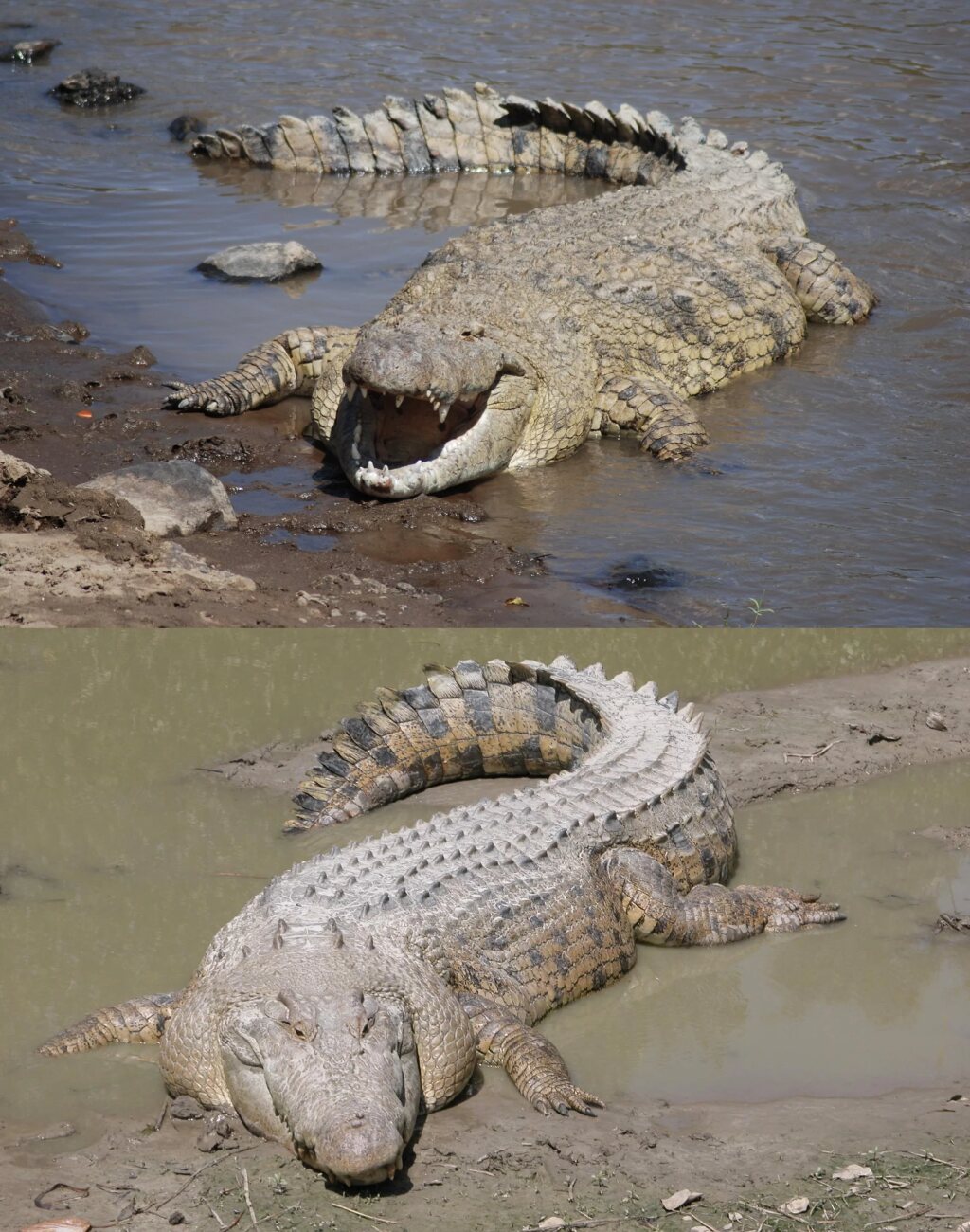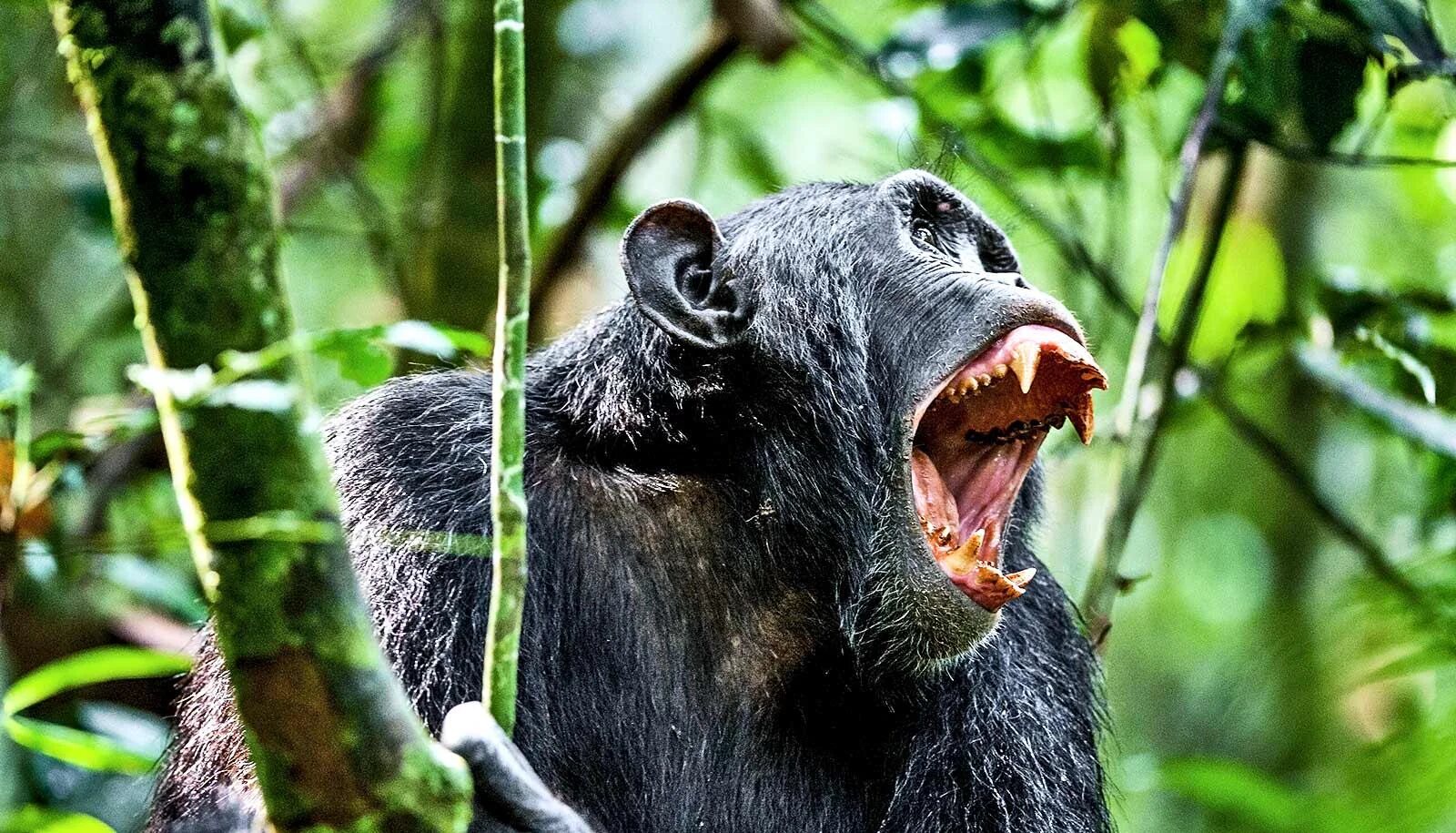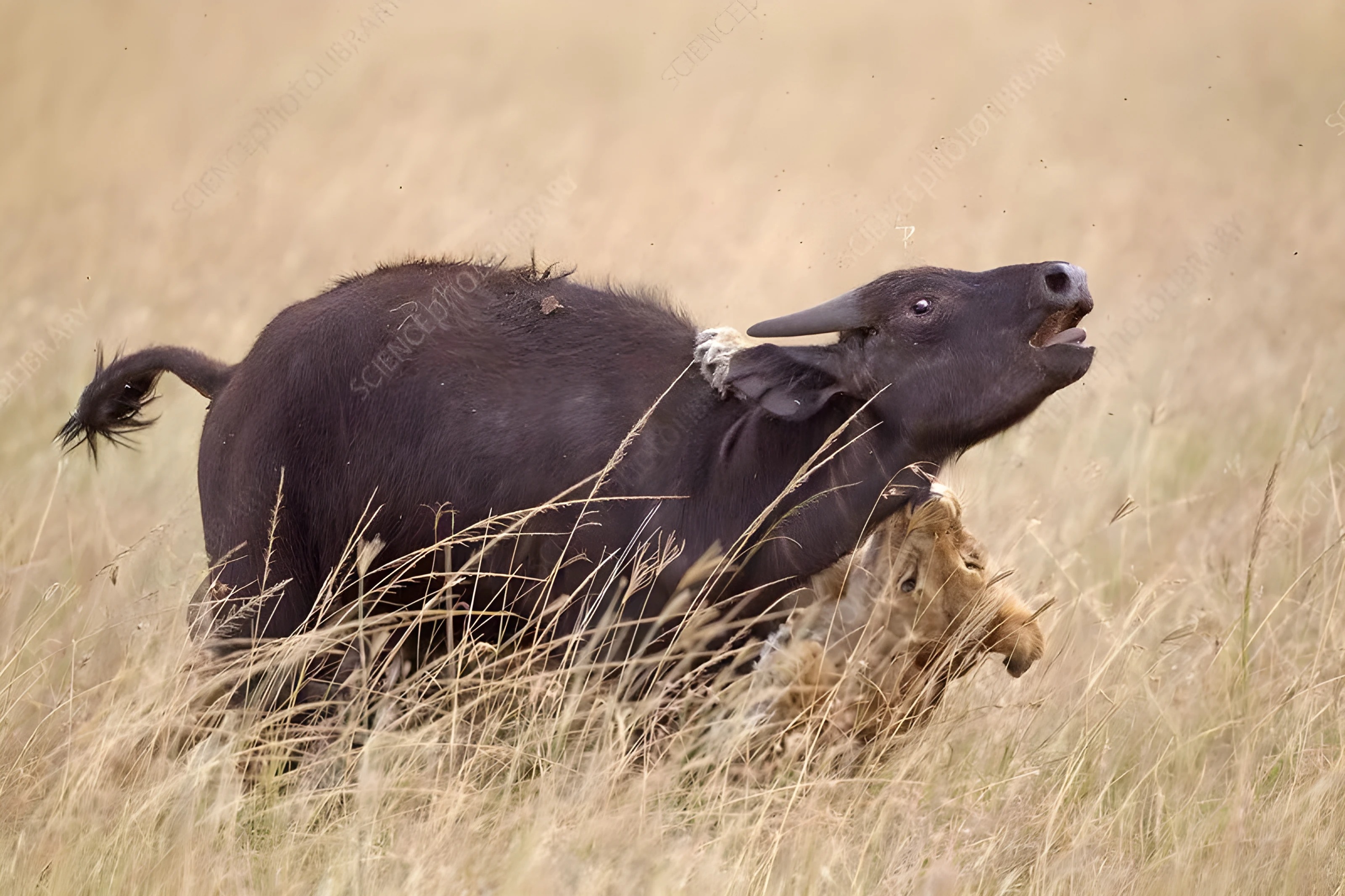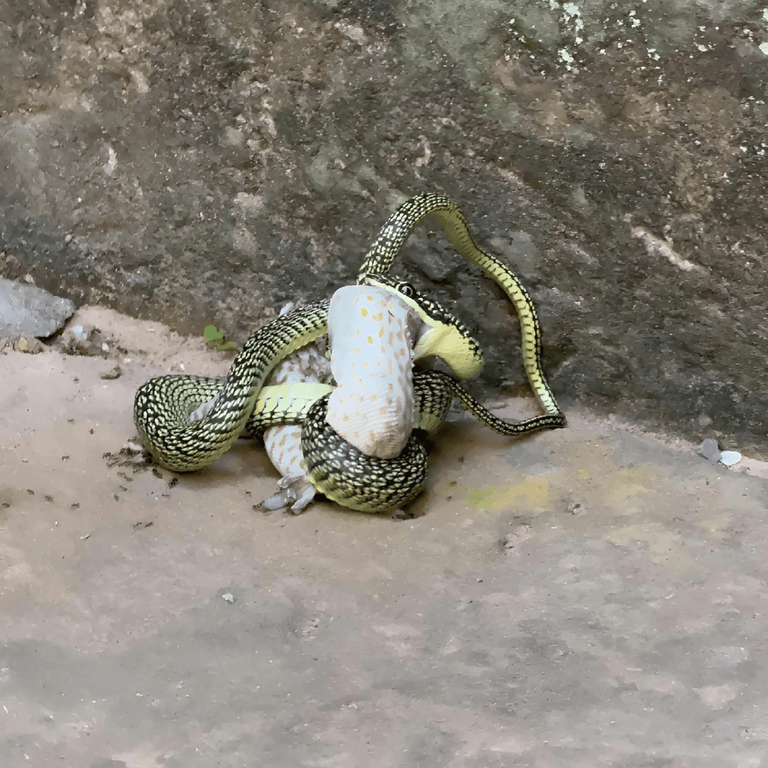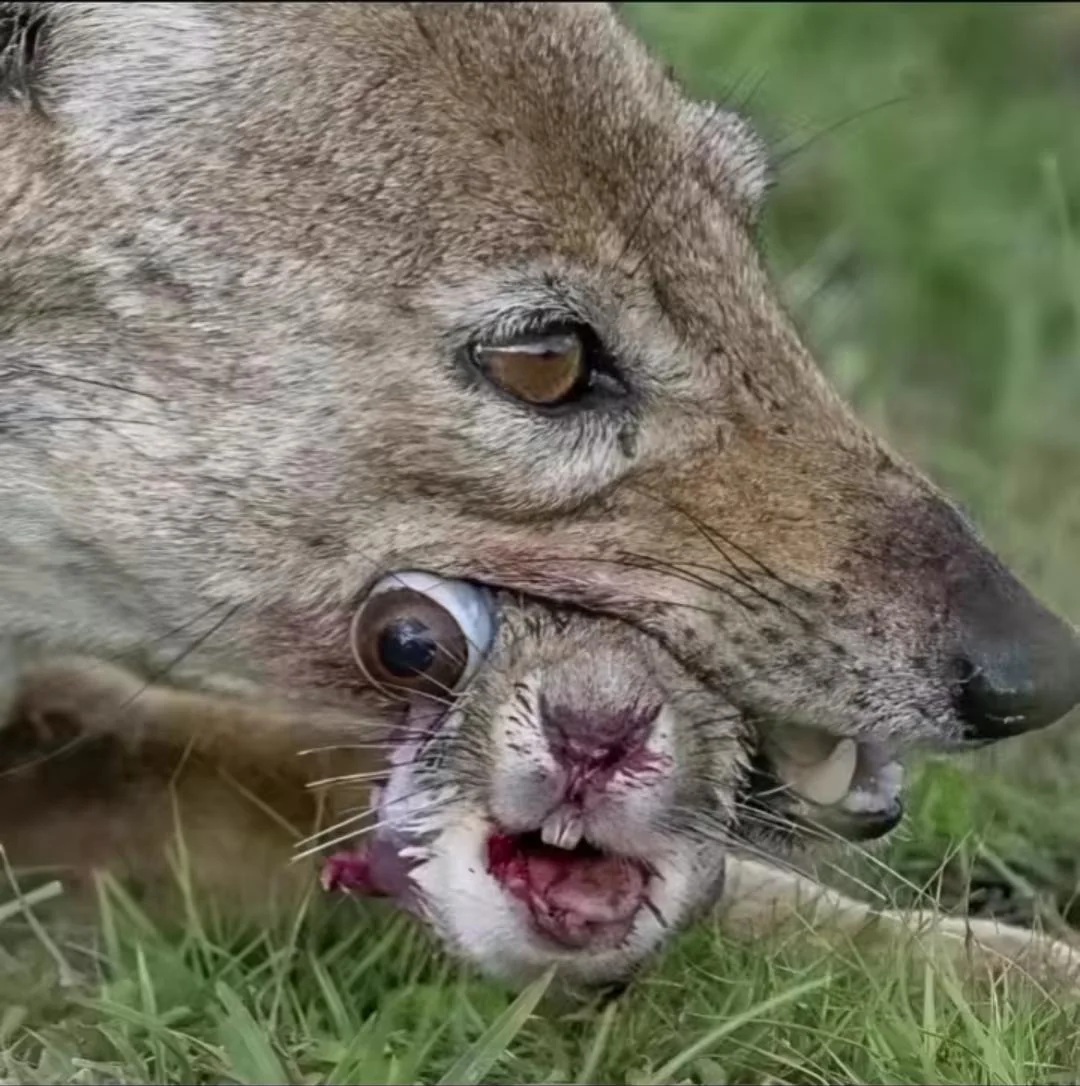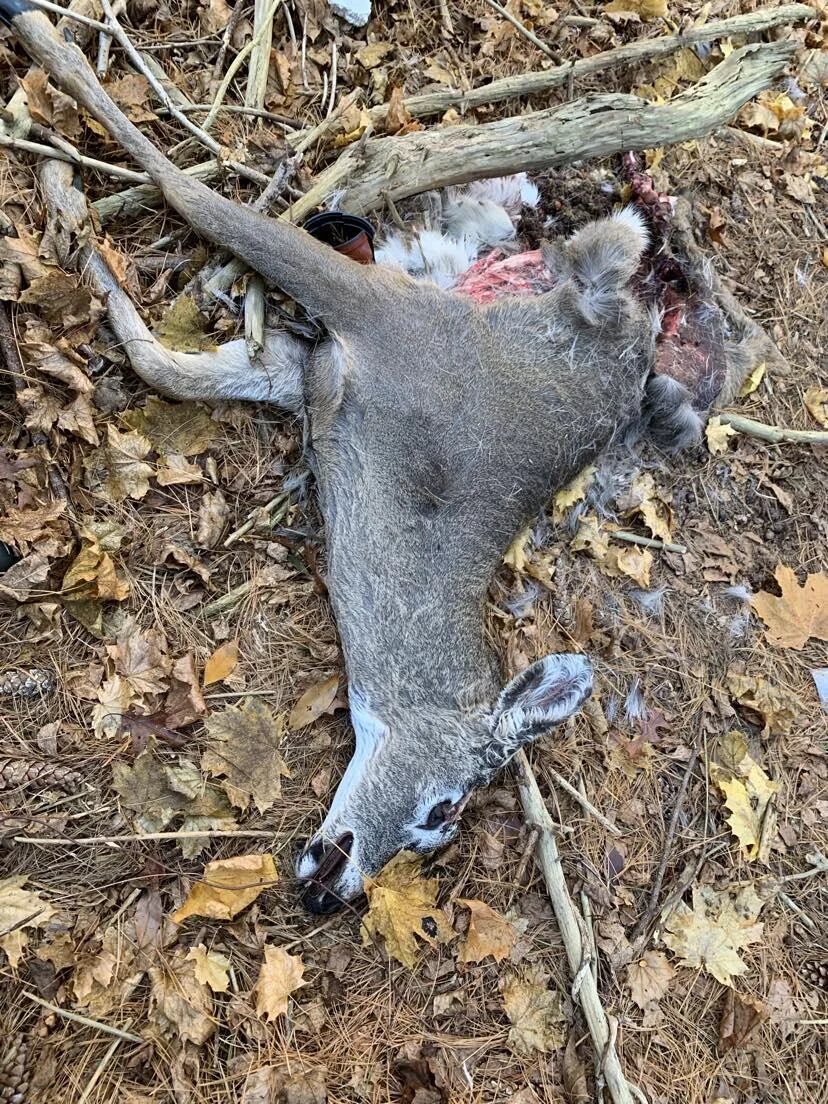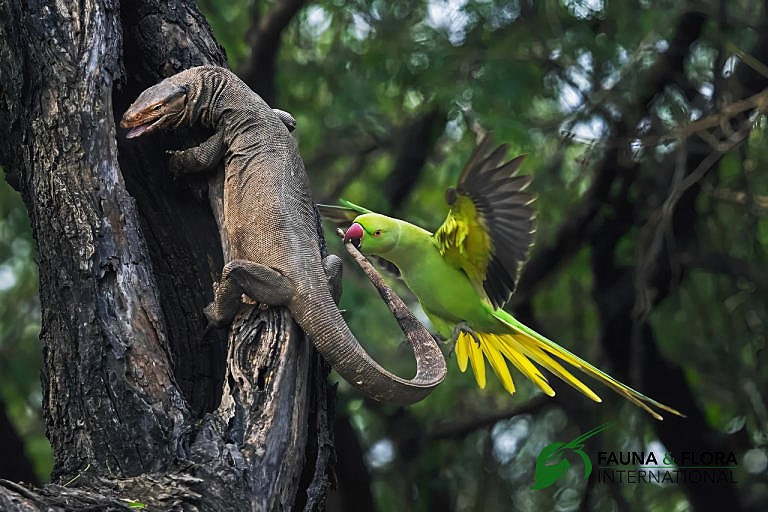Stonefish are among the most venomous fish in the world, found primarily in the coastal regions of the Indo-Pacific. Their appearance allows them to blend seamlessly with their surroundings, resembling a rock or coral, which makes them difficult to spot. They possess 13 venomous spines on their dorsal fins, and their sting can cause severe pain, nausea, and even paralysis, necessitating immediate medical attention. Despite their dangerous nature, stonefish are often sought after in aquariums due to their unique appearance.
